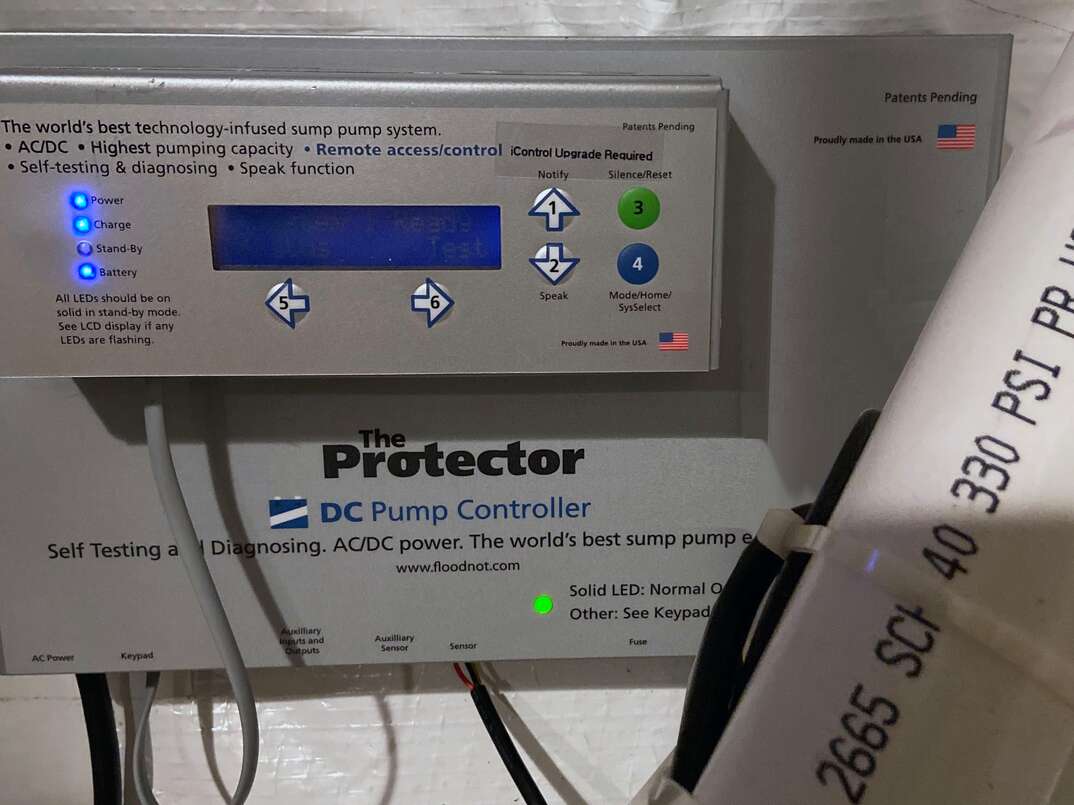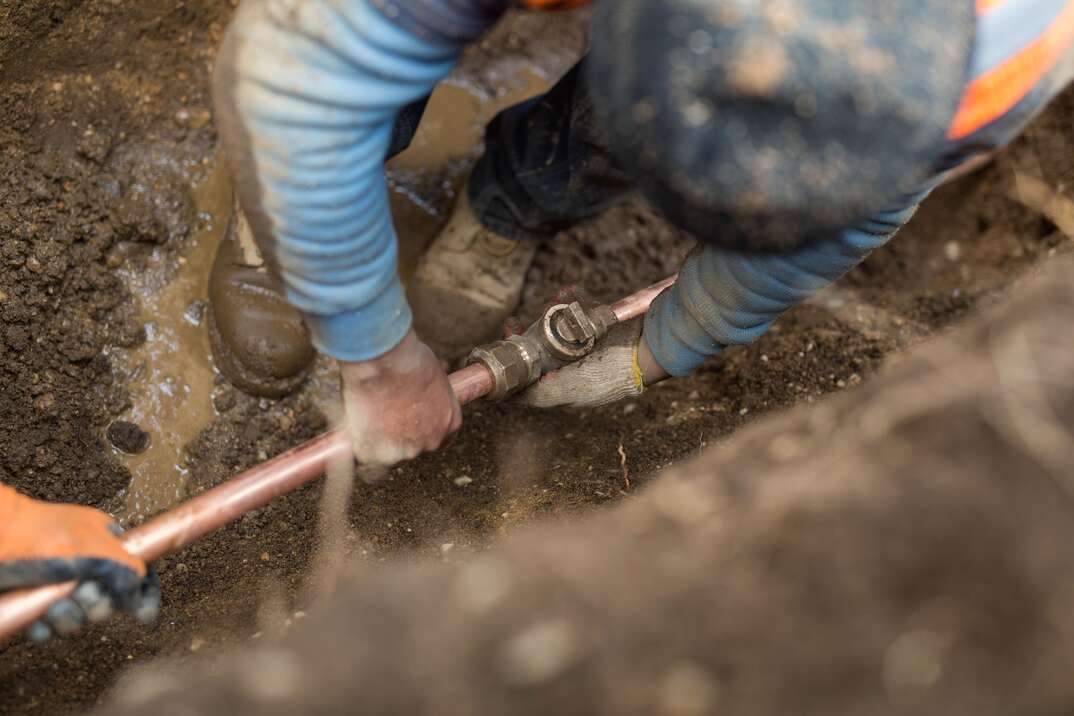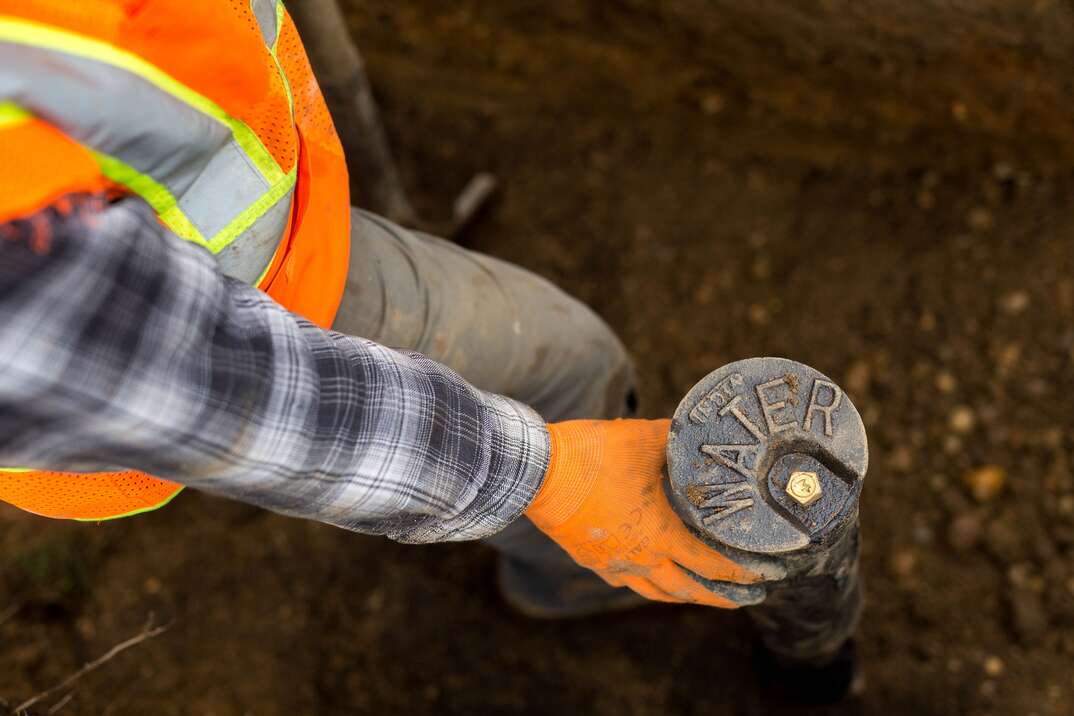Sump Pump Alarm Going Off? Here’s What to Do Next

Your sump pump sits at the lowest point in your house, doing its work — preventing groundwater from flooding your basement — relatively unnoticed. However, the water in your sump pump tank can reach dangerous levels from time to time. A sump pump tank alert system can notify you when the water gets too low or too high.
This May Also Interest You: Sump Pumps: Everything You Need to Know
In the long run, a sump pump tank alert alarm may save you from avoidable, costly repairs. Here’s why you need one and what to do when it goes off.
What Is a Tank Alert Alarm?
An alert alarm monitors water levels in your sump pump. Your sump pump is typically out of sight but works in high-risk areas where overflows can cause excessive damage. Knowing when something is wrong with it is vital for the homeowner. To let you know something is wrong with your sump pump, the system often sets off an audible alarm. Septic systems can also have tank alert alarms, but these tend to have an indicator light rather than a sound.
What Are Some Common Sump Pump Issues?
Your sump pump tank alert is there to warn you when water levels reach dangerously high or low numbers. Unfortunately, it’s not a magical machine that can actually fix these issues for you. You will need to take the necessary steps to ensure water levels return to a safe level. According to Basement Systems, here are some common problems you may face when your sump pump alarm goes off:
Overworked Sump Pumps
Sump pumps are never designed to work continuously. A pump that is overworked will wear out sooner rather than later and cost more money for replacement and repairs.
To keep your pump from being overwhelmed, match the size of your sump pump to the volume of work to be done. You’ll want to purchase a quality sump pump that is built to last. In some cases, you may need more than one pump.
Clogging
Every piece of equipment that moves water from one point to another is prone to clogging. Here are some best practices for keeping your sump pump clear of clogs:
- Keep the sump pit covered with a lid so debris can’t fall in.
- If you don’t have a lid, you’ll want to clean out the sump pit frequently.
- Clean the pump itself regularly.
The water accumulating in your sump basin or pit gathers debris as it flows. Regular cleaning and inspection of your sump pit and pump components will help you get the most mileage for your money.
Loss of Power to the Sump Pump
Suburban power grids have a habit of going down during bad storms, which is often when you need your sump pump to be fully operational. Therefore, a battery back-up for your sump pumps is vital. You can keep track of the status of your batteries digitally at the units or even on your mobile devices.
More Related Articles:
- How Much Does It Cost to Replace or Install a Sump Pump?
- How Much Does a French Drain Cost?
- Au Revoir, Standing Water! How to Install a French Drain in 8 Steps
- 15 Common Plumbing Problems Every Homeowner Needs to Watch Out For
- How to Prevent Water Damage With Proper Home Drainage
How to Maintain Your Tank Alert Alarm
Your tank alert alarm tells you when something’s wrong with your sump pump, so you’ll want to make sure it is also functioning properly. As with any other system in your home, your tank alert alarm will require regular care and maintenance. Without maintenance, you run the risk of your alarm failing.
According to Hunker, here are a few things you’ll want to check out during regular maintenance or when something’s gone wrong with your alarm:
Screws
This may seem obvious, but you’re going to want to make sure the screws are on tight. This means you may also want to check the screw terminals, which are used for the float switch. You won’t want to connect these to an external power source because it may damage the entire system.
Float Switch
The float switch is what triggers the pump to turn on. Therefore, it is recommended to lift up on it occasionally when the pump is not in use to be sure it still works. If you find the sump pump running without the associated warning lights or alarm sounding, it’s time to service the pump or replace it. Sometimes debris can become lodged between the pump body and the float switch. This can turn the pump on when it isn't needed — or worse, wedge the float switch into the off position, preventing it from turning the pump on. Check the cable connections and float switch movement regularly as a part of ongoing maintenance.
Alarm Circuits
A common issue with these systems is that the power light may be off while the alarm itself is plugged in. You can use a digital multimeter (if you have one) to test the alarm circuits for continuity.
Sump Pump Tank Alerts Can Save You Money
Water damage in your basement costs you time, hassle and money. Sump pump tank alerts are there to help you act when something is wrong before the real damage happens. As vital as sump pumps are to keep your home dry, tank alarms have evolved to enhance the protection and capability your drainage system provides. They make your sump pump smarter and can put your mind at ease.
Since we’re all home now more than ever, being prepared for unexpected home repairs with a plan from HomeServe is important. Having a plan in place gives you peace of mind knowing that you can simply call our 24/7 repair hotline for covered breakdowns. See what plans are available in your neighborhood.


